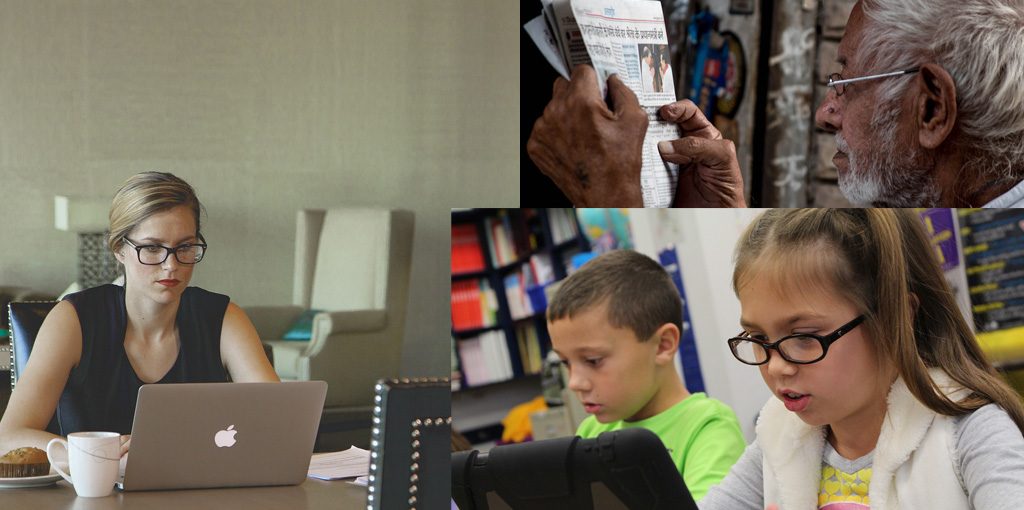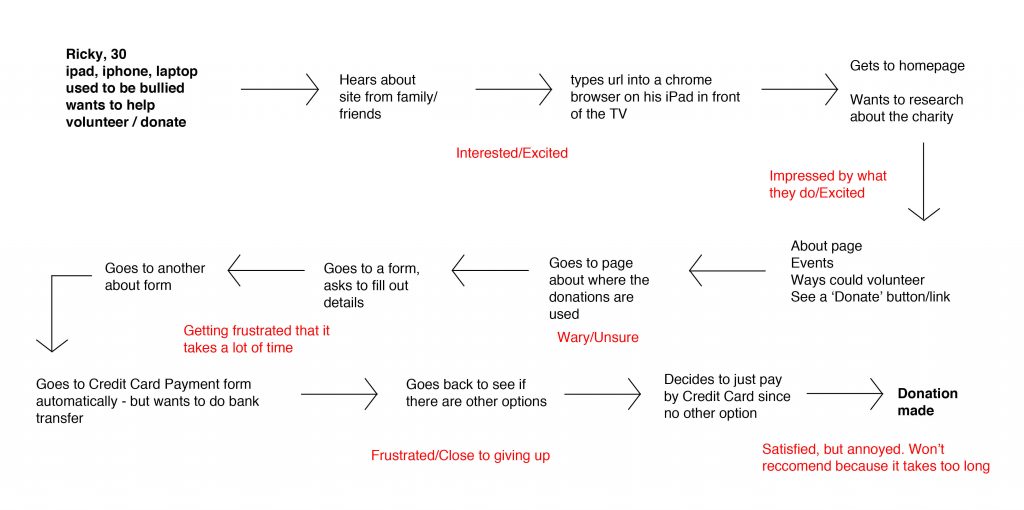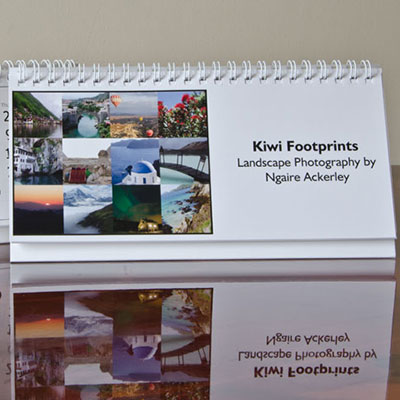What is UX Design and why is it important?
Posted on: 5 Mar 2019
Written by: Ngaire Ackerley

There can be all types of users of our products
UX design is known as ‘User Experience Design’. It can be a vast role or a very direct role for some people.
Good UX design, to me, is the process of designing (digital or physical) products that are useful, easy to use, and delightful to interact with. It’s about enhancing the experience that people have while interacting with your product, and making sure they find value in what you’re providing.
What is the difference between UX and UI Design?
While a lot of User Experience Designers are also User Interface or Graphic/Web Designers, there is a very different skill set and mindset that each have. This is where the vast and direct parts of UX design come into play.
User interface designers will often work to brand and company goals and direction, whereas UX designers are advocates for the user, they want to learn and understand the needs and behaviours of the users from their research and experience.
UX designers design the foundations for a product and the visual branded up user interface sits on top, but the best products involve both early on to create something that is on brand and meets both the company and users goals.
Why is UX Design important?

Example of identifying pain points of a user journey
The real balancing act is designing for both user and company goals. These can often conflict, but I like to remind people that unless our products are easy to use and make people ‘want’ to use them, then chances of us meeting company goals related to the design are slim.
UX design helps inform the process of design. From the very beginning, to feedback throughout a project’s design and development cycle and improvements once live and being used.
Often good UX design may be seen as transparent to the end user. It can often simply be creating a clean and easy flow for a user to complete a task. Or designing a form in a way that is easy to digest and encouraging to fill out. If the user can reach their goal easily without much disruption, then we can hope that this in turn helps the company reach their own goals.
UX design is inclusive. When I design for digital products, I’m designing for the end user, for most websites and apps, this could mean they are viewing on a mobile, tablet, laptop, desktop computer, their watch or even their tv.
Furthermore, our users could be colourblind or they could have a disability. The designs we put out into the world should work as best as possible for whoever experiences them. We may never be perfect, but we can do our best to strive to help people and improve their digital experiences.
Stay tuned for my next blog post where I’ll go into more detail about what is involved in UX design and user-centered design projects.
« Back to Blog


